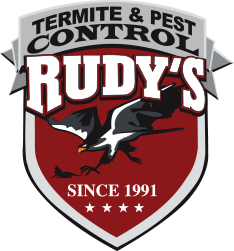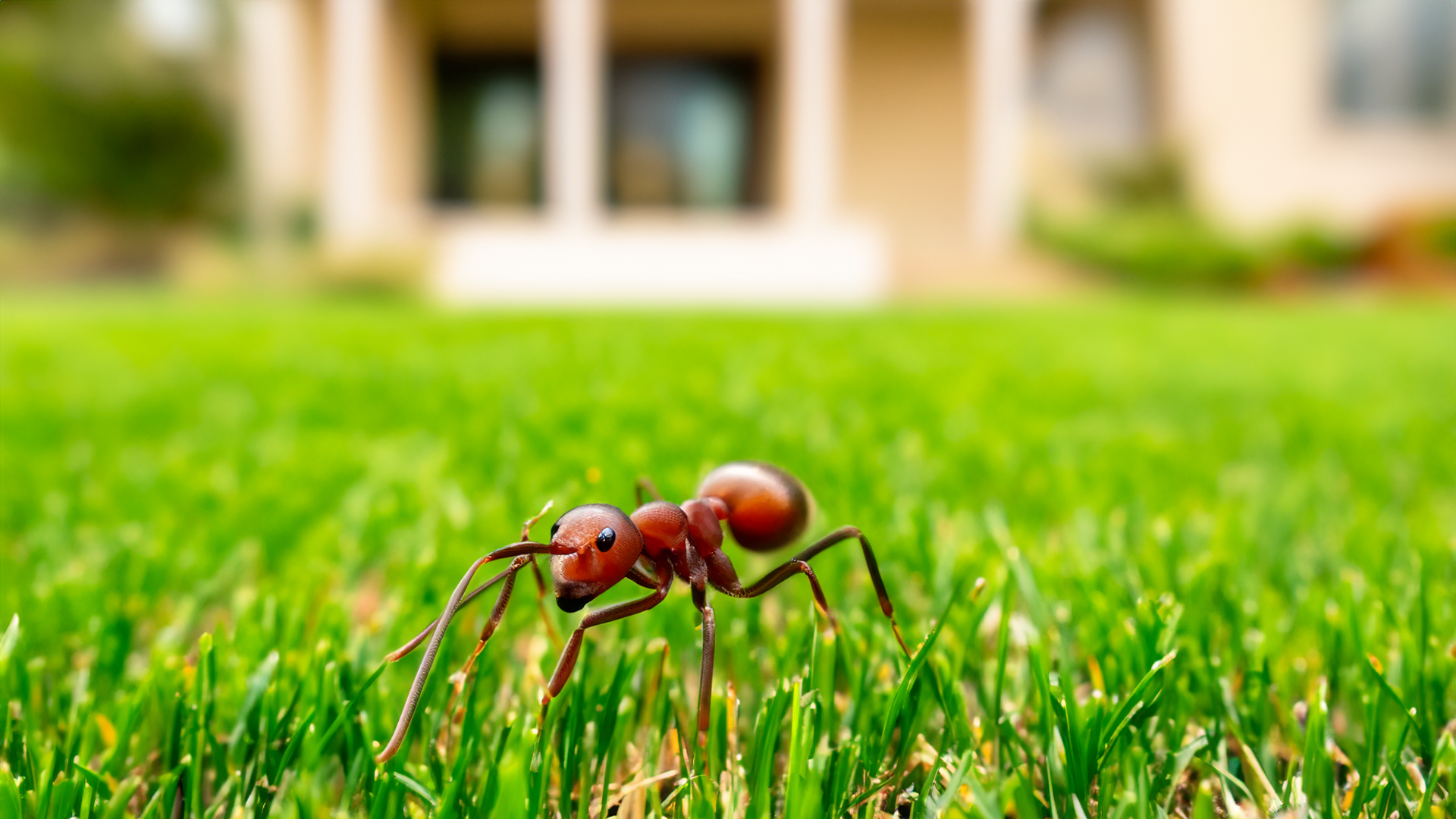It’s almost 2021, and there’s a couple of things you should be thinking about in January regarding your landscape: Summer weeds and olive control.
First of all, Summer weeds in your lawn such as Crabgrass, Spurge, Chickweed, Oxalis, among others can be controlled with the application a of pre-emergent herbicide. A pre-emergent stops the weed growth before it germinates, hence the category of pre-emergents. Why so early you ask? First of all, Crabgrass usually germinates when the soil temperature reaches 55 degrees F for at least 3 days at a depth of 2”. This usually happens in the low desert in January. You can’t see Crabgrass yet at this stage. When it germinates, the plant is so small it grows under the existing turf and doesn’t become visible until about June. If you can see Crabgrass it’s too late to treat with a pre-emergent herbicide, so post emergent herbicides must be utilized.
We use Dithiopyr, registered as Dimension 270G, because it not only has pre-emergent properties, it also has post emergent (after germination) control for crabgrass up to the 5-leaf stage. To be effective, Dimension 270G must be activated by ½ inch of rain or irrigation and will provide 4-month control. For full summer control, a second application can be made in May or June. Unfortunately, if you have Nut Sedge (Nut Grass), there is no pre-emergent available for control, and it must be treated with post emergent herbicides like Monument, Dismiss, and Sedgehammer, to name a few.
The second concern on our list is the elimination of olives. If you have Olive trees that fruit, and you want to eliminate the olives, you must have the trees sprayed within the time frame of January through March. Any treatments after March will reduce the effectiveness of the application. I use the term elimination, but in reality, the proper term would be control because 100% elimination is not a reality. However, if sprayed at the proper time, excellent control can be obtained.
Olives are controlled by a class of chemicals known as plant growth regulators or retardants (PGRs). There have been multiple treatments available over the past 60 years, but here we are going to discuss the main two that are commonly used today: Maintain CF 125 (Chlorflurenol Methyl Ester) and Olive Stop (Naphthaleneacetic Acid or NAA).
The preferred product, in my opinion, is Chlorflurenol Methyl Ester (Maintain CF 125) and is a one stop shop for olive control. Maintain, unlike Olive Stop, can be applied earlier in the Spring, and one application is adequate. Maintain regulates the plant’s growth for 2 months, not allowing the buds to form, thus no olives. Maintain can be sprayed up to the early bud stage, however olive control may be lessened the later it is used. Maintain is also cost effective because only one application is needed.
On the other hand, Olive Stop (NAA) works differently than Maintain. It has to be applied to the flower buds as they open. Since the low desert has what we call an extended bloom season, all the buds on a respective Olive tree don’t open all at once. They open over an extended period of time over maybe a couple of months. So, Olive Stop has to be applied 2-3 times in a season to obtain acceptable control, making it more expensive to apply compared to Maintain CF 125.
So, the key to optimal olive control is to spray them earlier rather than later with Maintain CF 125.



